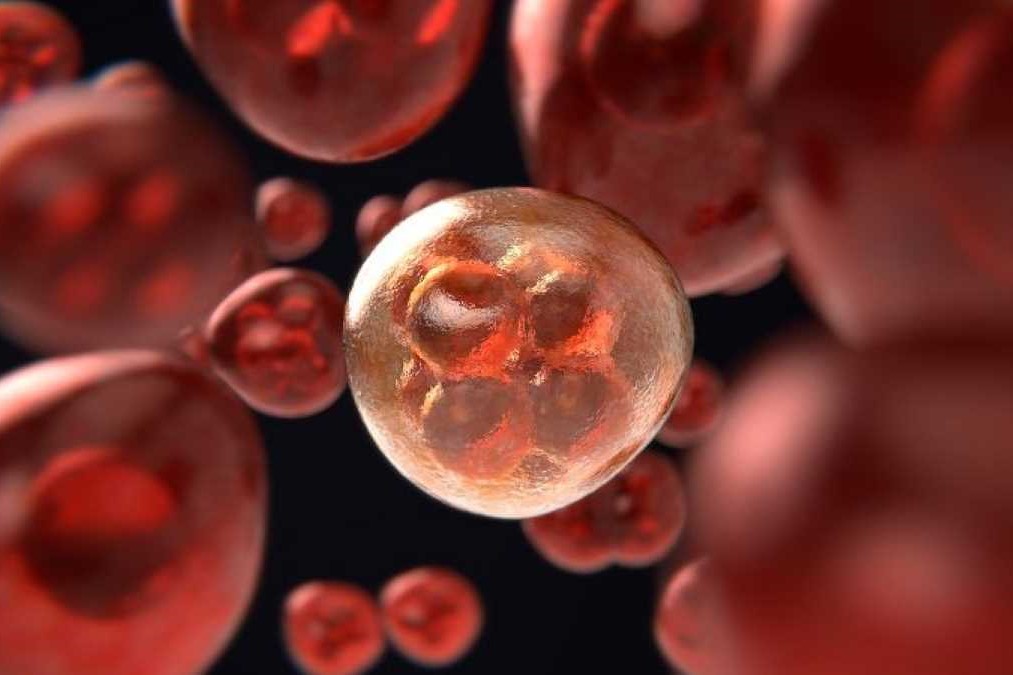
Leukaemia in children with Down syndrome: what you need to know
Children with Down syndrome are 20 times more likely to develop leukaemia than their peers with a regular number of chromosomes
Leukaemia, what is it?
Leukaemia is a tumour characterised by the neoplastic proliferation of one of the immature cells from which blood cells derive and results in a large number of abnormal white blood cells.
These blood cells are not fully developed and are called blasts.
CHILD HEALTH: LEARN MORE ABOUT MEDICHILD BY VISITING THE BOOTH AT EMERGENCY EXPO
The symptoms of leukaemia:
The most common symptoms are:
- Fatigue;
- Leg pain;
- Wheezing;
- Occurrence of bruising from minor trauma or in the absence of trauma;
- Bleeding gums;
- Pallor;
- Fever or night sweats;
- Frequent infections;
- Loss of weight and appetite.
Are children with Down’s syndrome more likely to have leukaemia?
Children with Down syndrome are 20 times more likely to develop leukaemia than their peers with a regular number of chromosomes.
However, this is not a frequent occurrence. Only 1% of children with Down syndrome will develop leukaemia.
Children with Down syndrome, which forms of leukaemia should be feared?
- Acute Myeloid Leukaemia (AML): this is the most common form in children from 1 to 4 years of age;
- Acute Megakaryoblastic Leukaemia (AML): is a rare type of AML that most often affects children with Down syndrome;
- Acute Lymphoblastic Leukaemia (ALL): this is the most common in children from 2 to 6 years of age, but can affect any age group;
- Transient Myeloproliferative Disorder (TDM): is characterised by an uncontrolled multiplication of immature cells in the bone marrow and blood. Transient Myeloproliferative Disorder may herald Acute Megakaryoblastic Leukaemia (AML);
- Myelodysplastic syndrome (MDS): is a group of diseases that alter the maturation of immature cells in the bone marrow (the soft tissue part contained within the bones) that produces blood cells. Myelodysplastic syndrome can develop into Acute Myeloid Leukaemia (AML).
Transient myeloproliferative disorder and leukaemia in children with Down syndrome
Transient myeloproliferative disorder occurs in 10-15% of infants with Down syndrome.
A large number of immature cells – blasts – appear in the circulation, resembling megakaryocytes, the bone marrow cells that produce platelets, and the number of platelets in the blood may be low (platelopenia).
About a quarter of infants with transient myeloproliferative disorder do not experience any other symptoms.
The others may have an enlarged liver and spleen with jaundice and, more rarely, pericardial or pleural effusion.
No treatment is necessary because the blasts usually disappear spontaneously within three months and the other symptoms also disappear.
We now know that the blasts of TCD contain an alteration (a mutation) in the GATA-1 gene.
We also know that another 20% or so of babies with Down’s syndrome who do not have TCD nevertheless have cells in their bloodstream that contain the GATA-1 gene mutation.
Approximately 20% of newborns with or without TCD but with cells in their blood containing the GATA1 mutation experience acute megakaryoblastic leukaemia in the first 4 years of life.
Diagnosis and treatment:
There are no screening tests for leukaemia. If leukaemia is suspected, a doctor should be consulted for appropriate tests.
Haematologists and oncologists treat cancer with chemotherapy.
Chemotherapy drugs help eliminate blasts in the body.
Children who have Down’s syndrome may be more sensitive to the side effects of chemotherapy.
The doctor will modulate the chemotherapy to limit the side effects while getting the best benefits.
Advances in chemotherapy now make it possible to cure about 80% of children with Down syndrome who have leukaemia.
Read Also:
Emergency Live Even More…Live: Download The New Free App Of Your Newspaper For IOS And Android
High Leukocytes In The Urine: When To Worry?
Down Syndrome And COVID-19, Research At Yale University
Children With Down’s Syndrome: Signs Of Early Alzheimer’s Development In Blood




